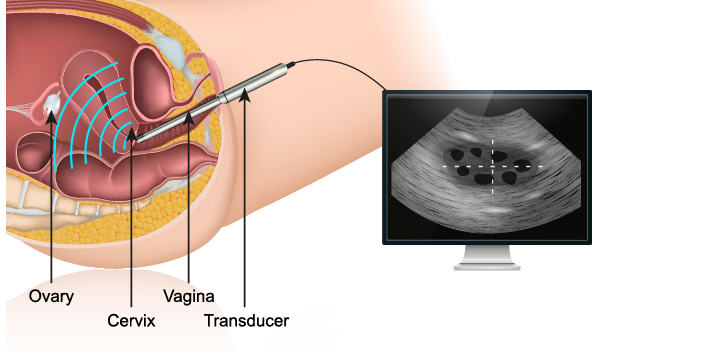For many years now, transvaginal ultrasound (TVUS) has been suggested as a non-invasive method of detecting deep endometriosis and ovarian endometriomas. To do so, however, requires the ultrasound to be performed with an assessment of the areas in front of and behind the uterus, as these are sites typically affected by endometriosis. Current Australian and international guidelines for gynaecological imaging however still do not suggest this assessment be performed as part of a routine transvaginal ultrasound (rTVUS). As such, transvaginal ultrasound for endometriosis (eTVUS) is typically only performed as a specialised scan within selected centres meaning many people with endometriosis will often not be diagnosed by ultrasound- even if their disease could be seen - purely because the sonographer performing their scan never looked for it! This thankfully is changing with pressure from both consumers and dedicated health professionals mounting to expand access to eTVUS beyond specialist centres. As such, we looked at the difference in scanning time between performing an rTVUS versus eTVUS to give guidance to imaging professionals wishing to offer this technique.
What we did?
Ultrasound images are all collected with a timestamp on them noting when the picture was stored by the sonographer. We reviewed images from 199 eTVUS examinations and 105 rTVUS and noted the number of minutes between when the first image and the last image was stored. All the scans reviewed were performed by one of three very experienced sonographers who were all highly skilled in both rTVUS and eTVUS.

What we found?
Unsurprisingly, it took longer to perform an eTVUS than a rTVUS as more anatomy needed to be assessed, but we discovered that the median time for an eTVUS was 71% longer than for rTVUS. The differential between the minimum scan times (quickest scans) was similar to the average at 75% but when it came to the maximum scan times (the longest scans), the difference was a staggering 121% suggesting that when endometriosis is severe, scans can take a very long time to complete properly.
Why time matters?
The reasons that an eTVUS may not be performed even in someone with symptoms suggestive of endometriosis who presents for ultrasound go beyond the health professionals lack of empathy. As eTVUS is not yet mainstream, not all sonographers or radiologists (the specialist doctors who typically read medical images) have the skills needed to identify endometriosis. This research found that a considerable amount of extra time is needed to perform an eTVUS. This is helpful to know to allow imaging providers to plan appointment times and imaging protocols. More importantly though, in Australia, Medicare currently provides one fixed rebate for a gynaecological ultrasound regardless of whether rTVUS or eTVUS is performed. This means patients will likely have to pay a significant gap to cover the additional time needed. It is also likely that in bulk-billing (gap free) centres, offering eTVUS may be cost prohibitive unless Medicare rebates increase. As no one should go without essential health care because they can’t afford to pay, we hope this study will help show policy makers in Canberra that people with endometriosis deserve better and that a higher rebate is needed for these scans to ensure an endometriosis diagnosis is not overlooked.
 Skip to main content
Skip to main content